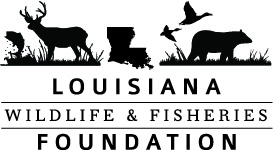
Making It Last: Preserving Louisiana's wild places, wildlife, and way of life
LDWF is proud to join other U.S. fish and wildlife agencies in the Making It Last campaign—an effort to highlight the critical work we do to conserve our natural resources and ensure they're here for generations to come.
With nicknames like the Pelican State, the Bayou State, and the Sportsman’s Paradise, it’s hard to imagine Louisiana without picturing our epic landscapes and waterways and the incredible diversity of species that inhabit them. Frankly, there’s no better place to get outside and celebrate nature than Louisiana, whether you’re cruising a cypress swamp in your canoe, heading out for a hike, fishing or hunting for your supper, or simply watching wildlife in your own backyard. Louisianans are outdoor enthusiasts—our natural resources are integral to our way of life.
Our Work
At LDWF, we’re outdoor enthusiasts, too, and we know how important the environment is to Louisiana's culture. It’s our job to not only take care of Louisiana’s fish and wildlife and their habitats but also provide the public with opportunities to use and enjoy these resources. We take great pride in this work. Many of us were drawn to this field by our love for the outdoors. We have a team of talented people—fish and wildlife biologists, ecologists, land managers, educators, and enforcement agents, to name a few—who are passionate about conserving each and every species and place that make Louisiana so special and rich with outdoor traditions.
There’s so much more to the work that we do than meets the eye—from improving the habitat and chance of survival for the rare red-cockaded woodpecker and gopher tortoise species that call Louisiana home to managing and restoring hundreds of thousands of acres of land and waterways to ensure Louisiana remains a paradise for all.
Explore the gallery below and see some of the ways LDWF is making Louisiana’s natural heritage last. We can bet you’ll discover something new about what we do or appreciate about Louisiana’s great outdoors.
What You Can Do
License fees are our main source of funding. If you don’t hunt or fish, consider purchasing an LDWF WMA Access Stamp, which allows you to access any of our WMAs and other public lands we manage.
Support LAWF-specific projects or have the Foundation direct your money to where it’s needed most.
Enjoy all that Louisiana’s outdoors have to offer. Make memories with your family and friends or share a new experience with a visitor. Remember to slow down, take it all in, and don’t worry—with our continued work, it’ll all be here for a while.
Get involved.
Sign up to volunteer with us, get technical assistance in managing your land for wildlife, partner with us to protect habitat on your land, or help us keep an eye out for rare species.
Keep learning about what we do and why it matters.
- Check out our Events and Education tab for information on our outdoor education courses, workshops, and special events.
- Follow us on Facebook, Twitter, or Instagram to keep up with our latest news.
- Read the Louisiana Conservationist, the state’s longest-running outdoor magazine.
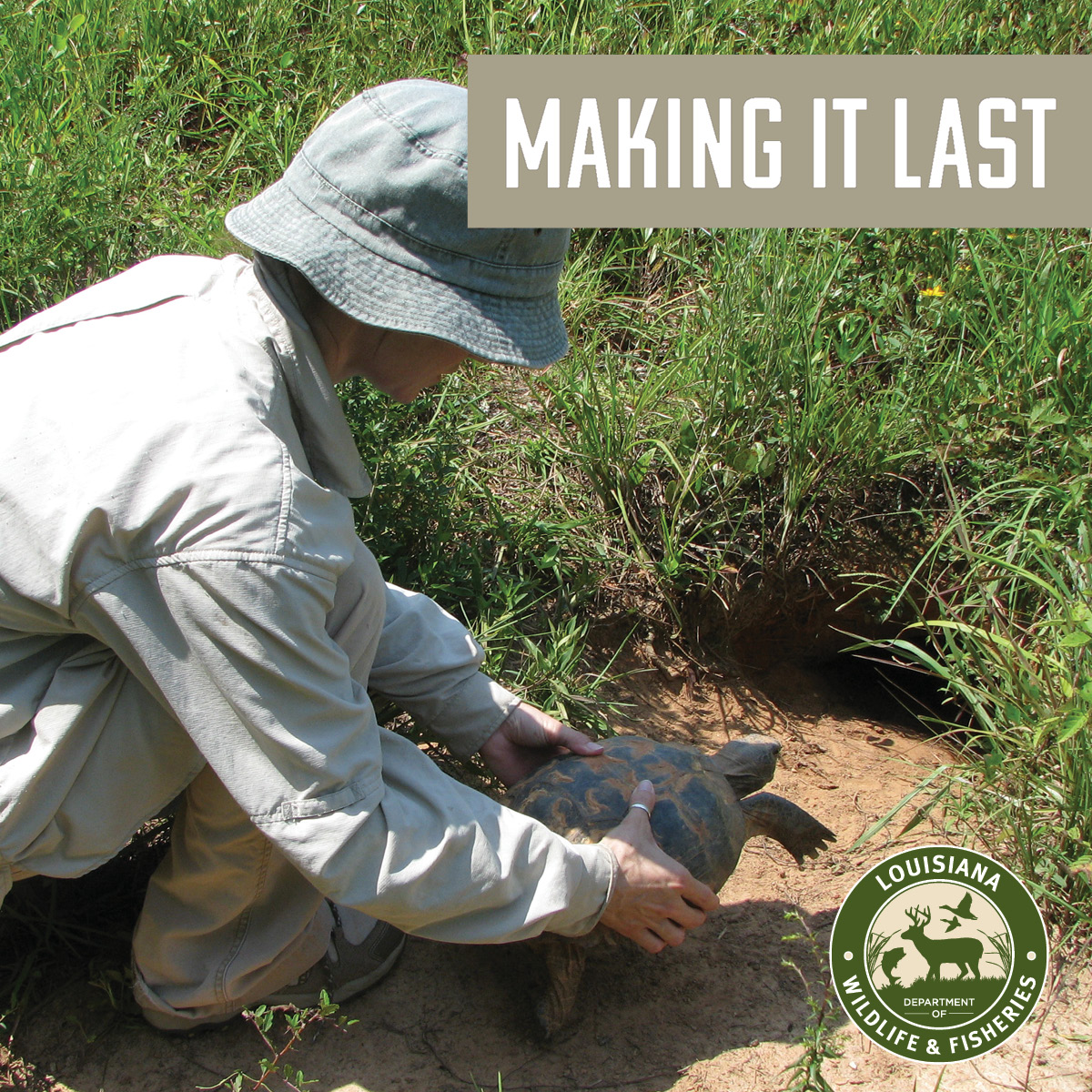
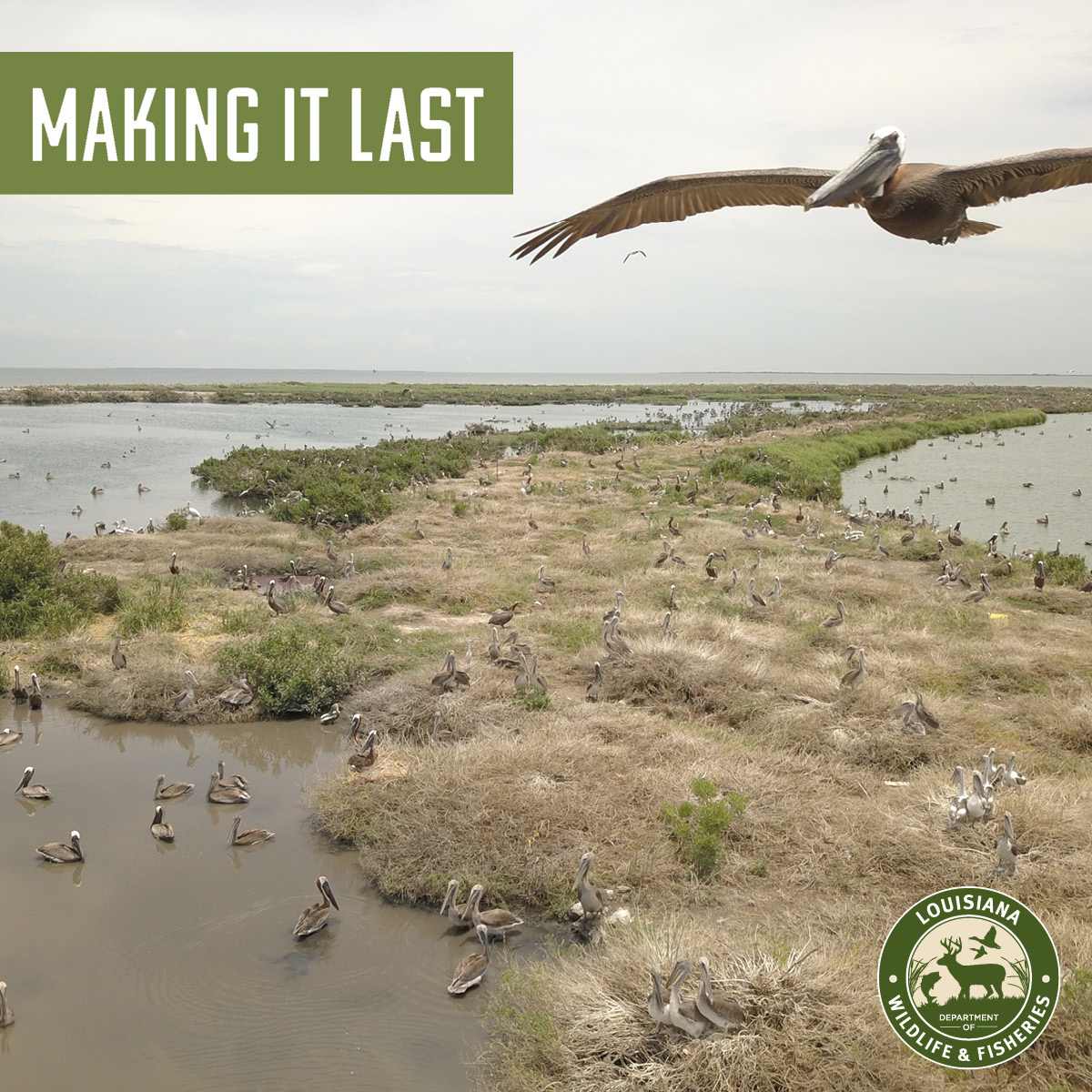
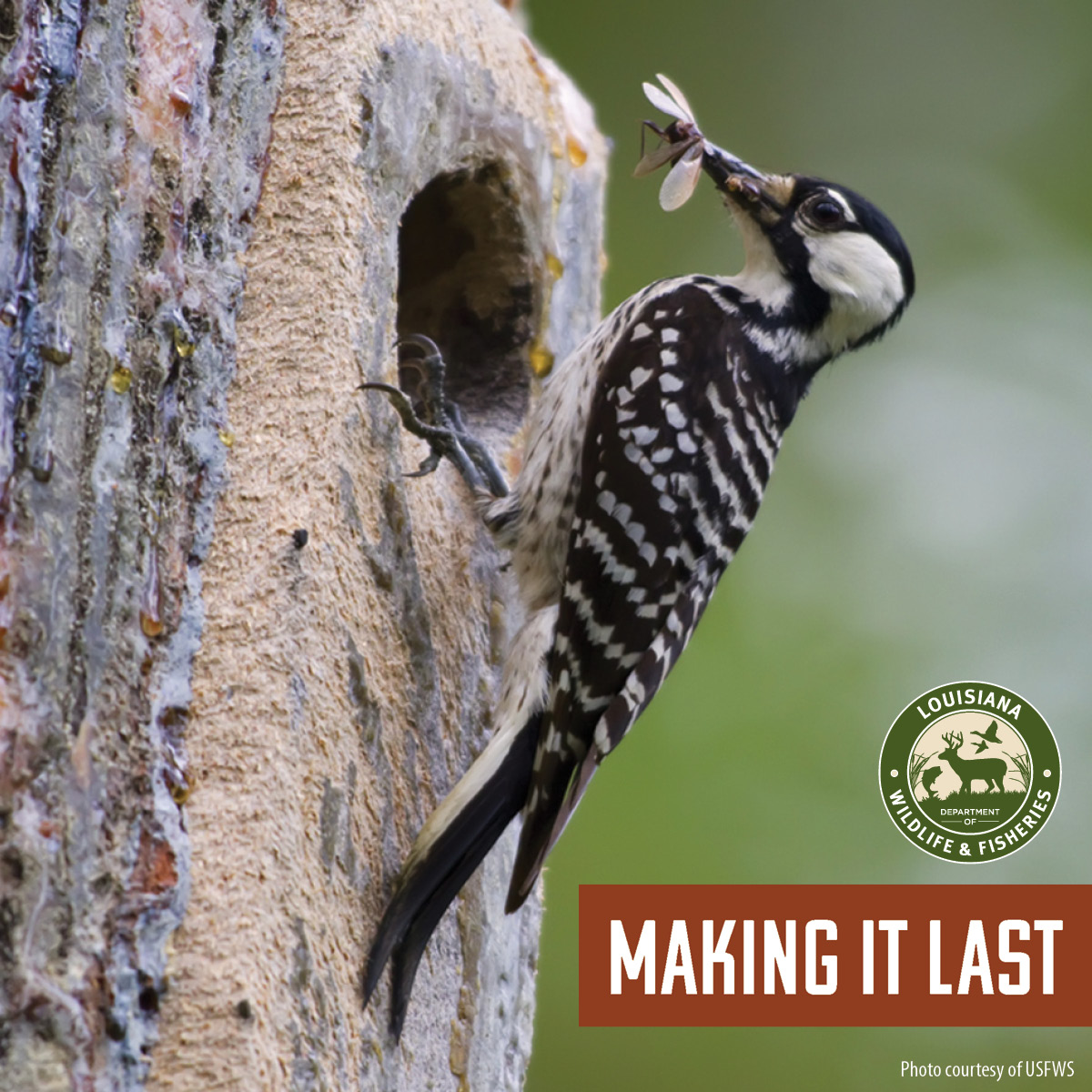
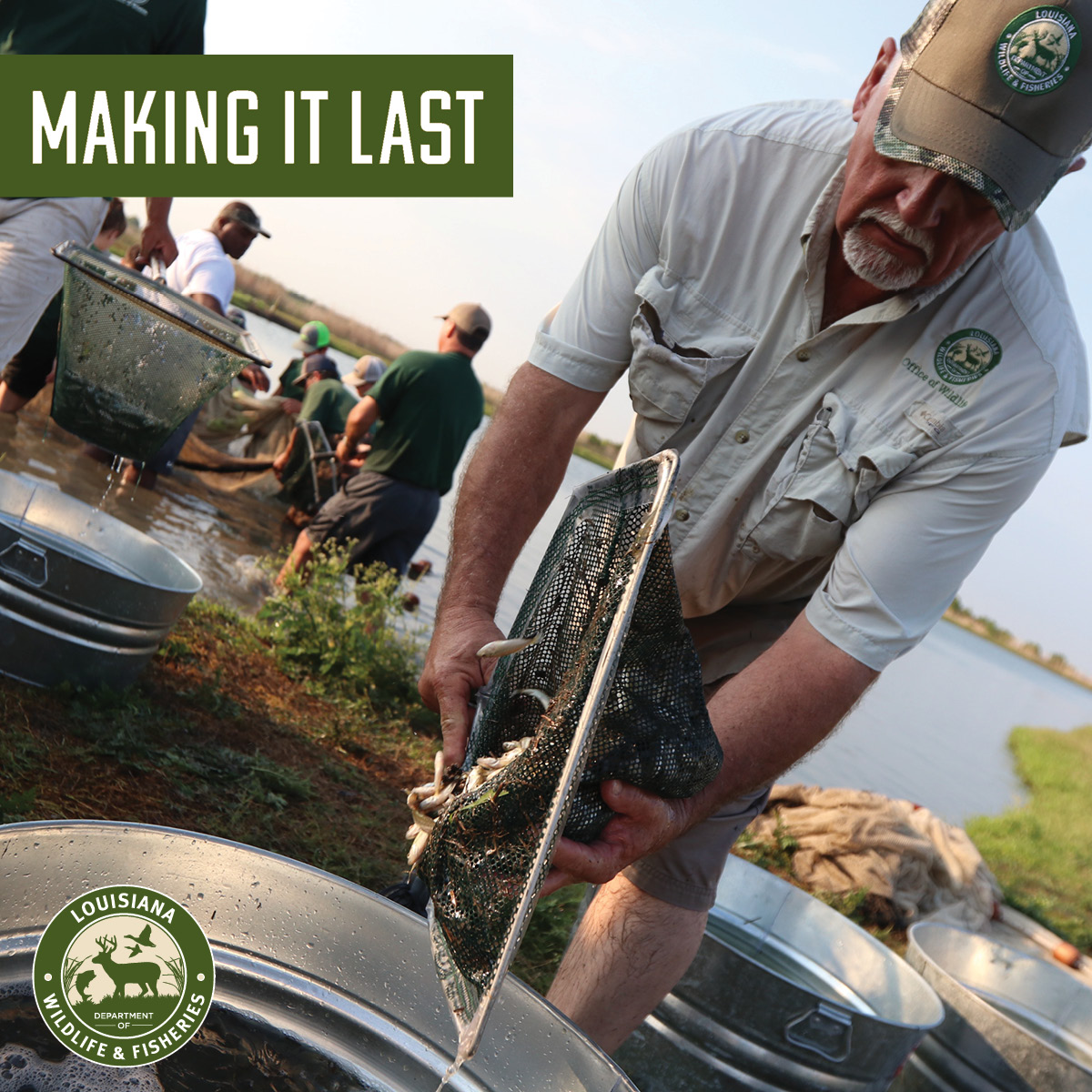
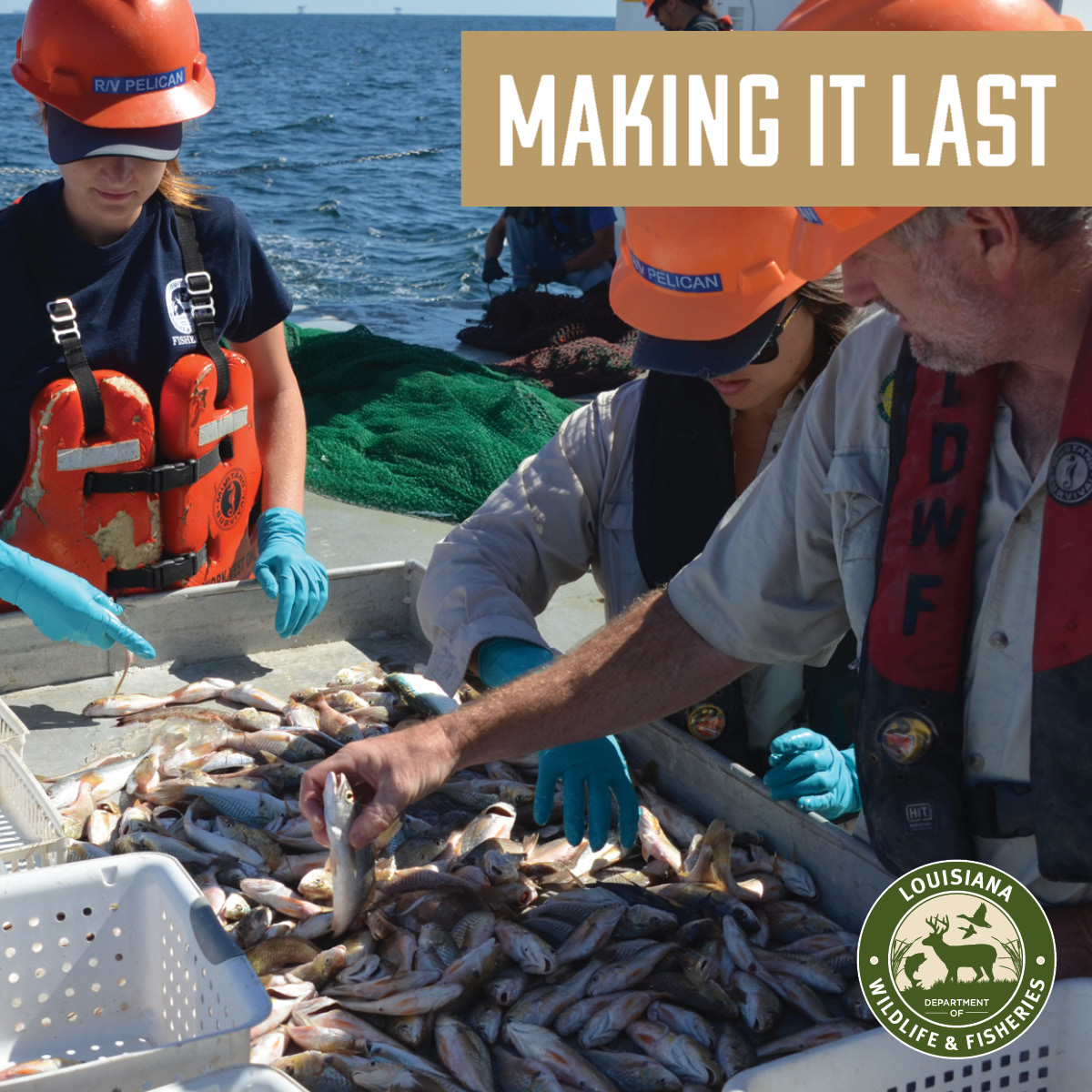
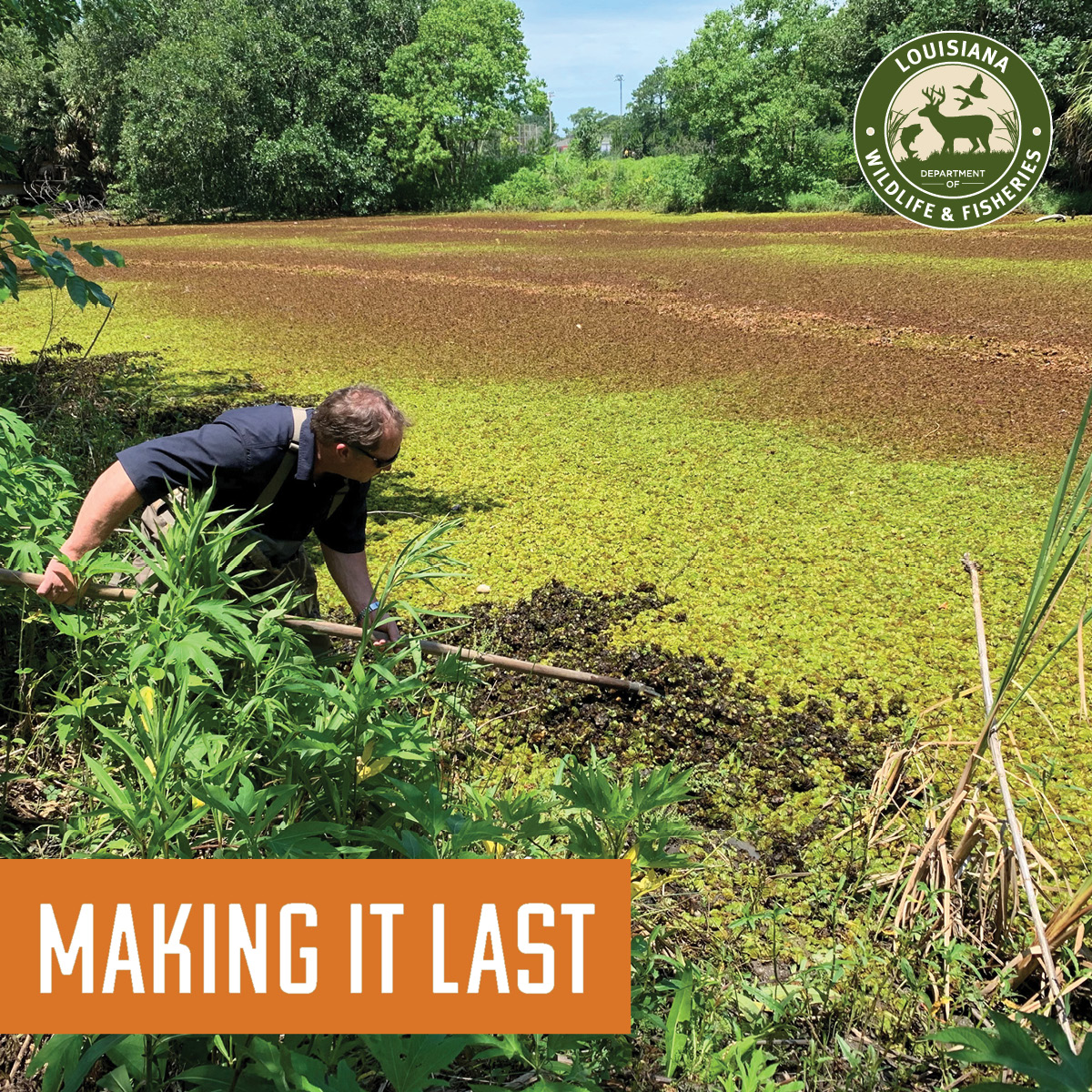
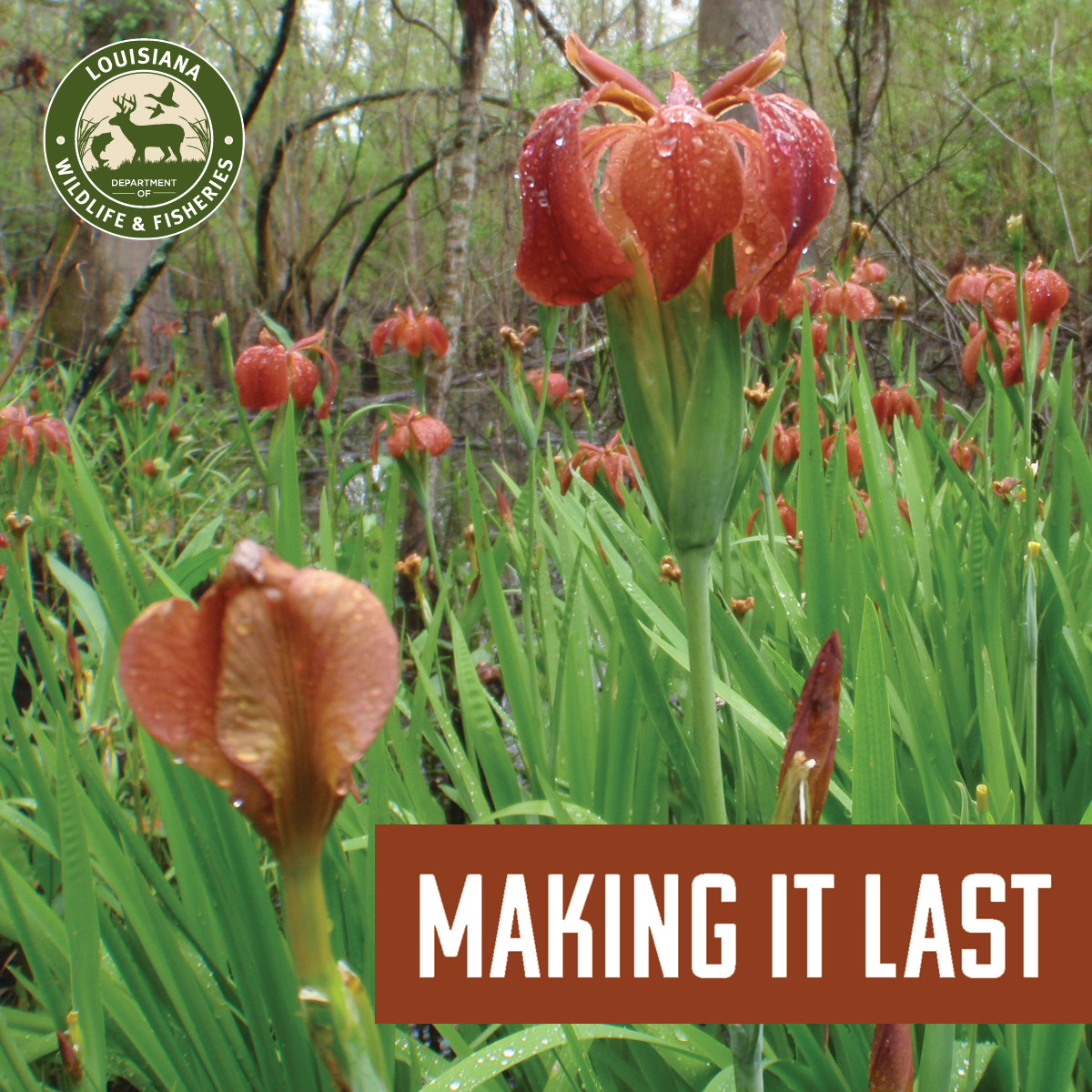
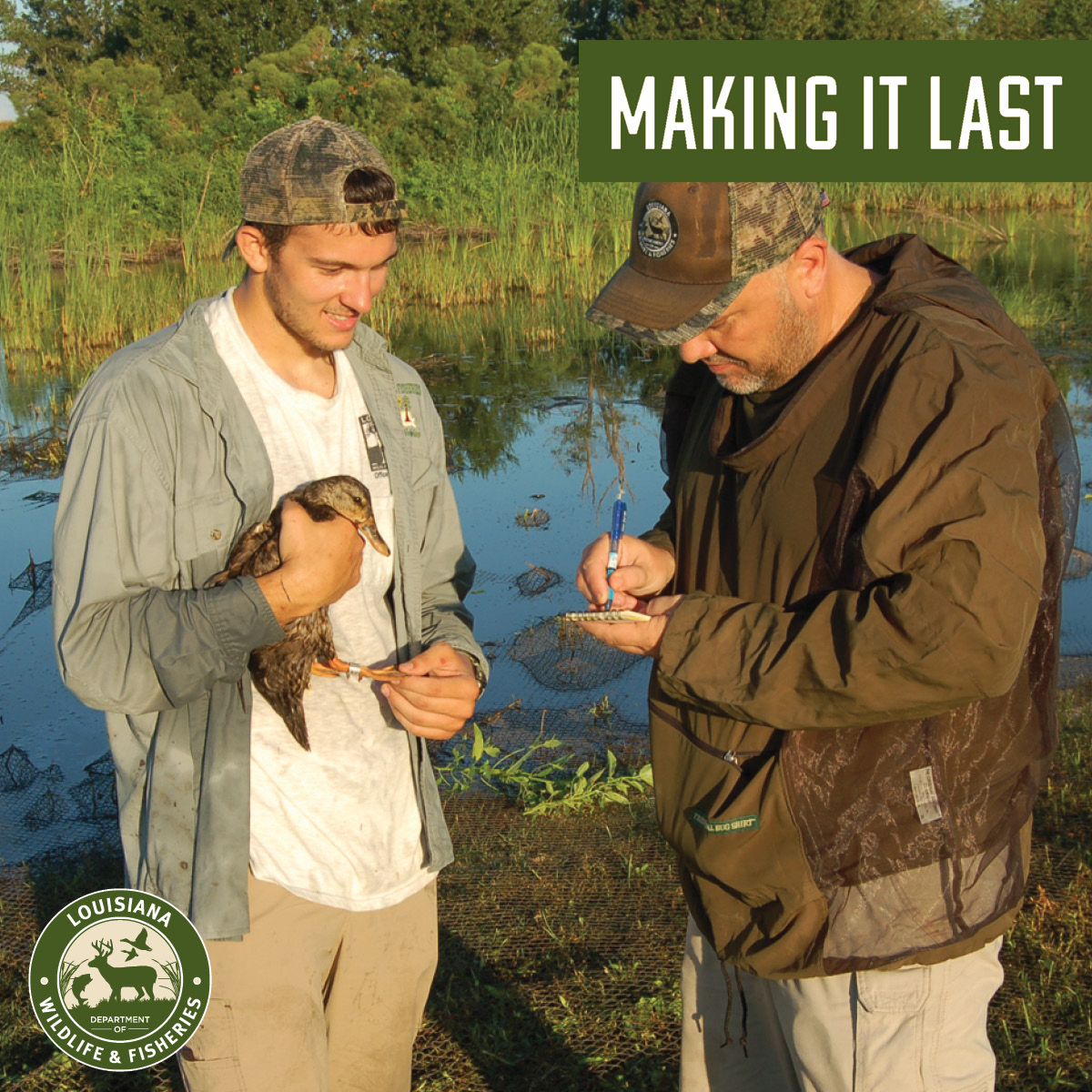
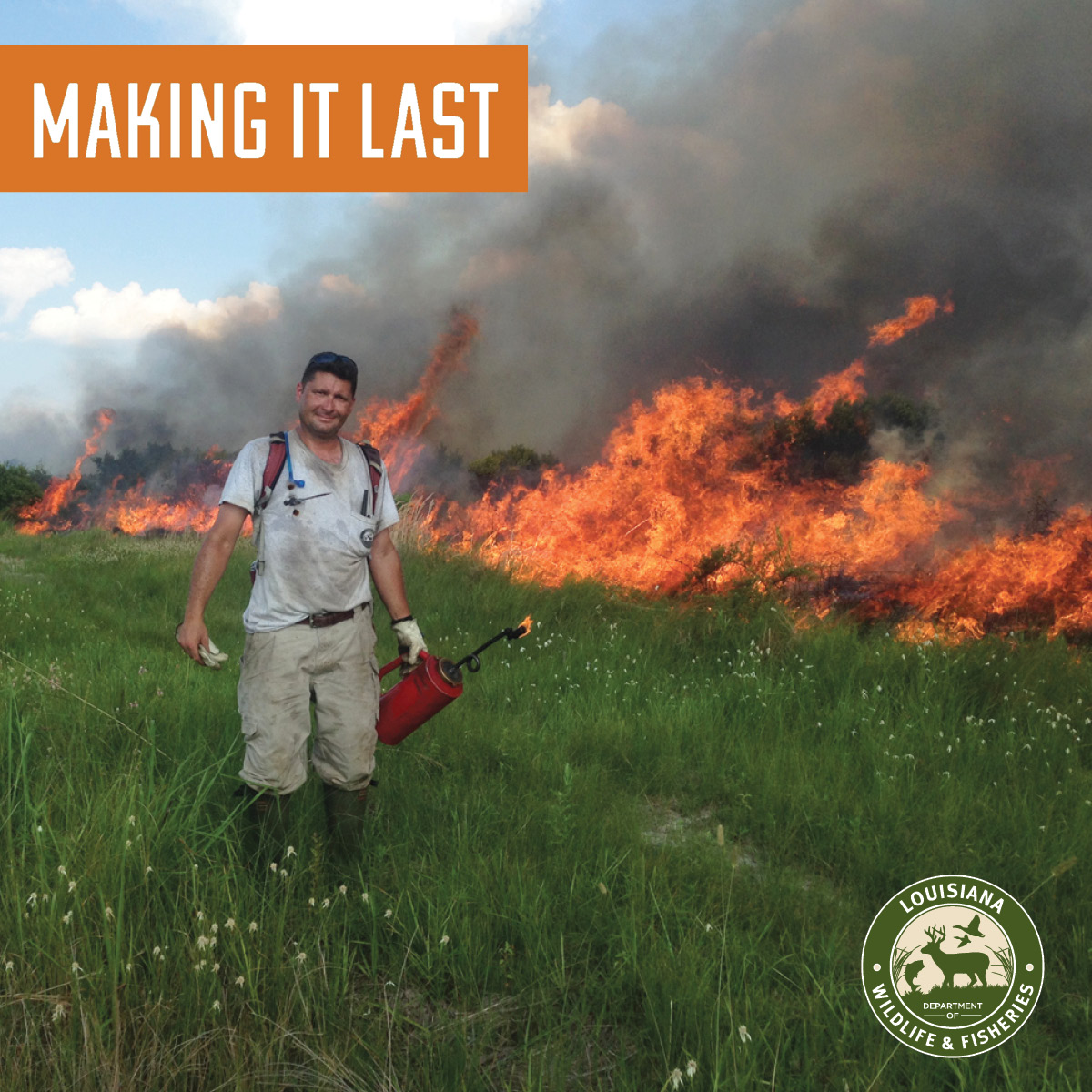
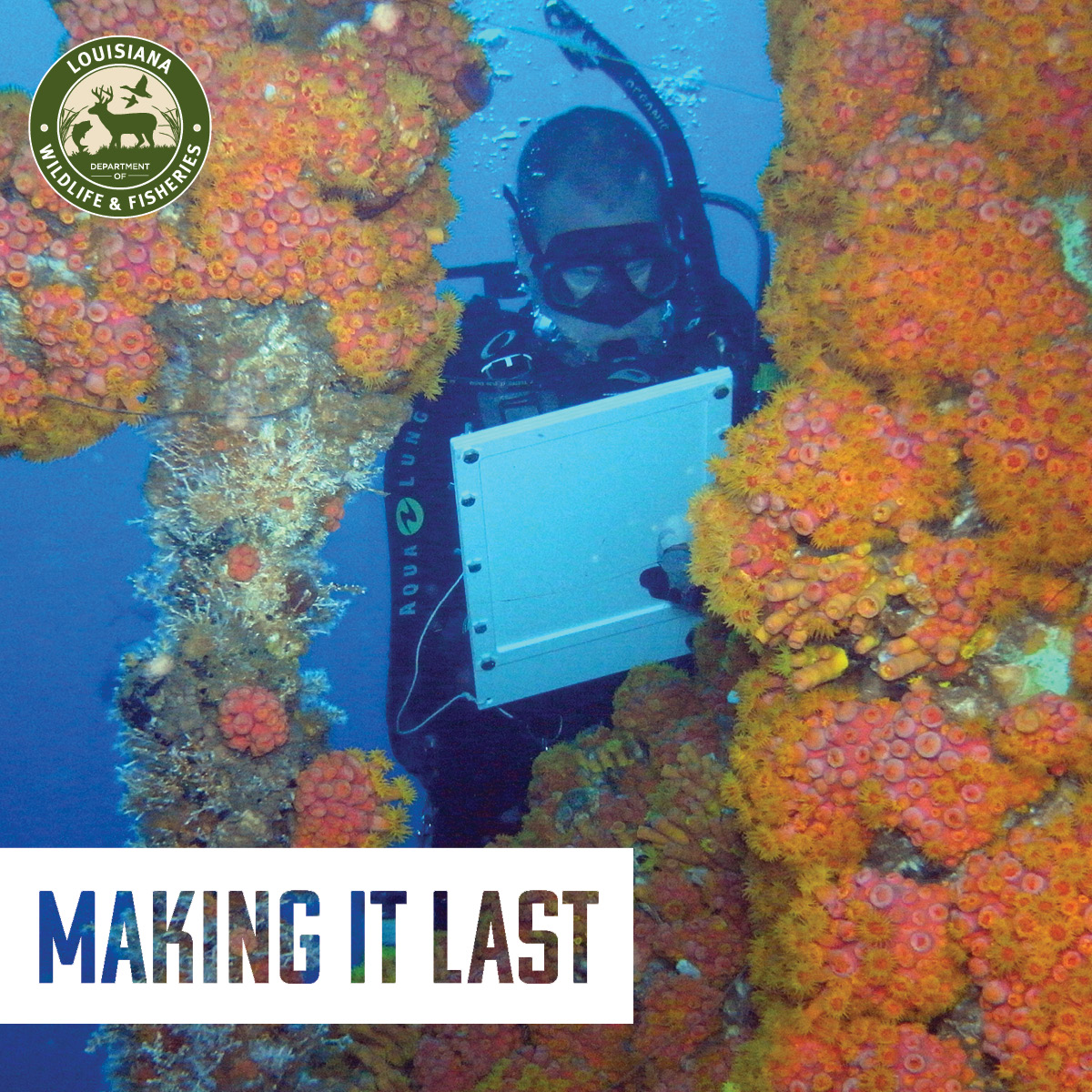
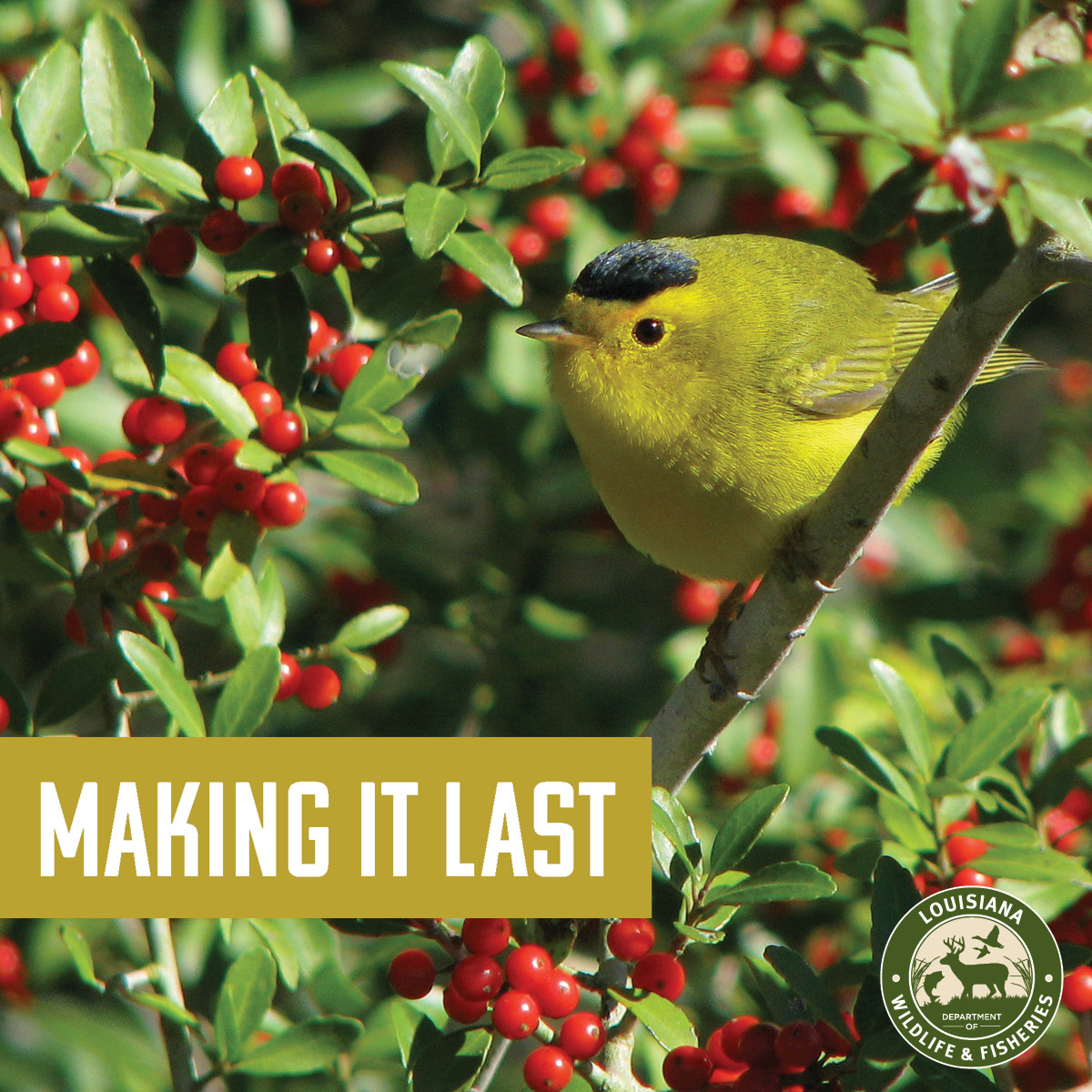
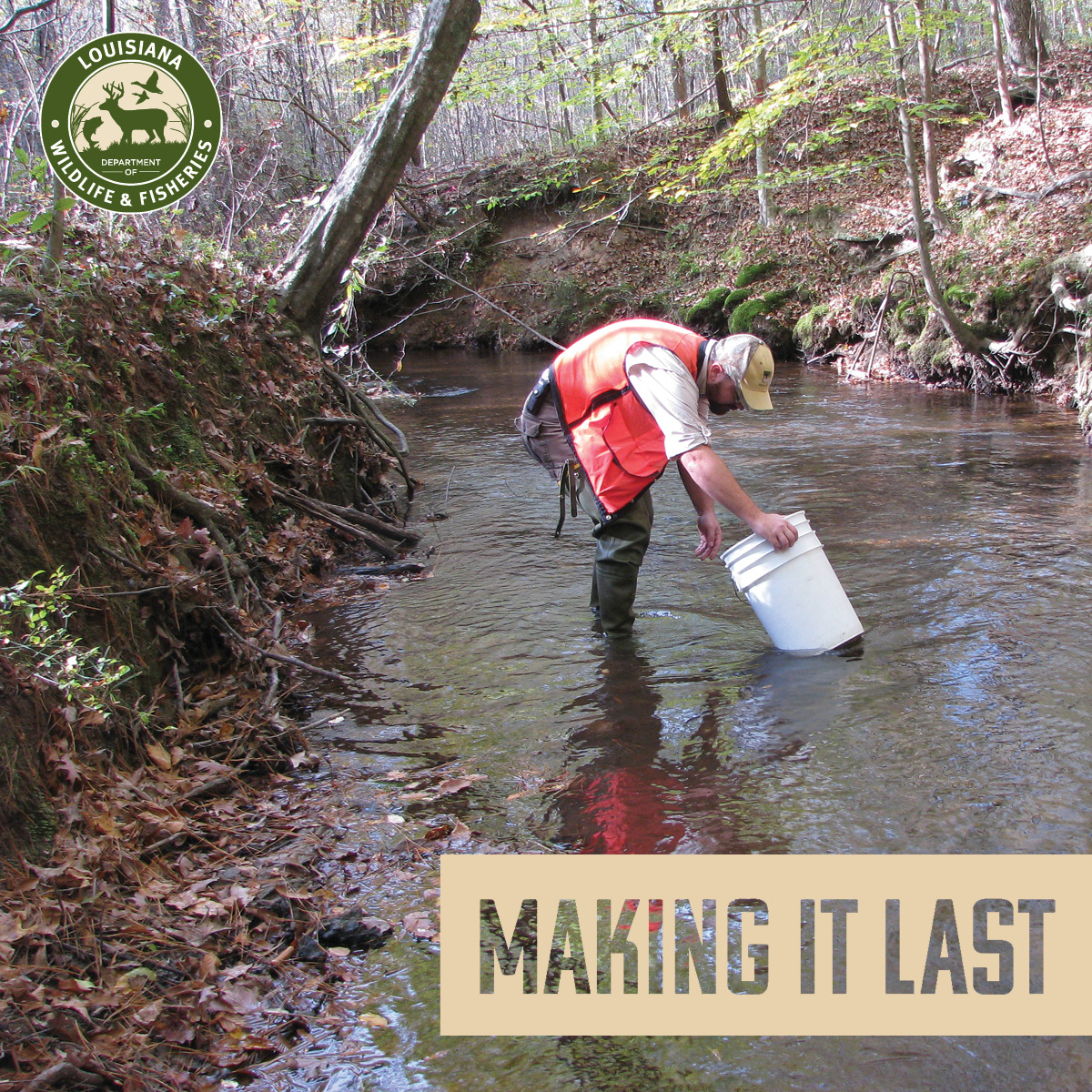
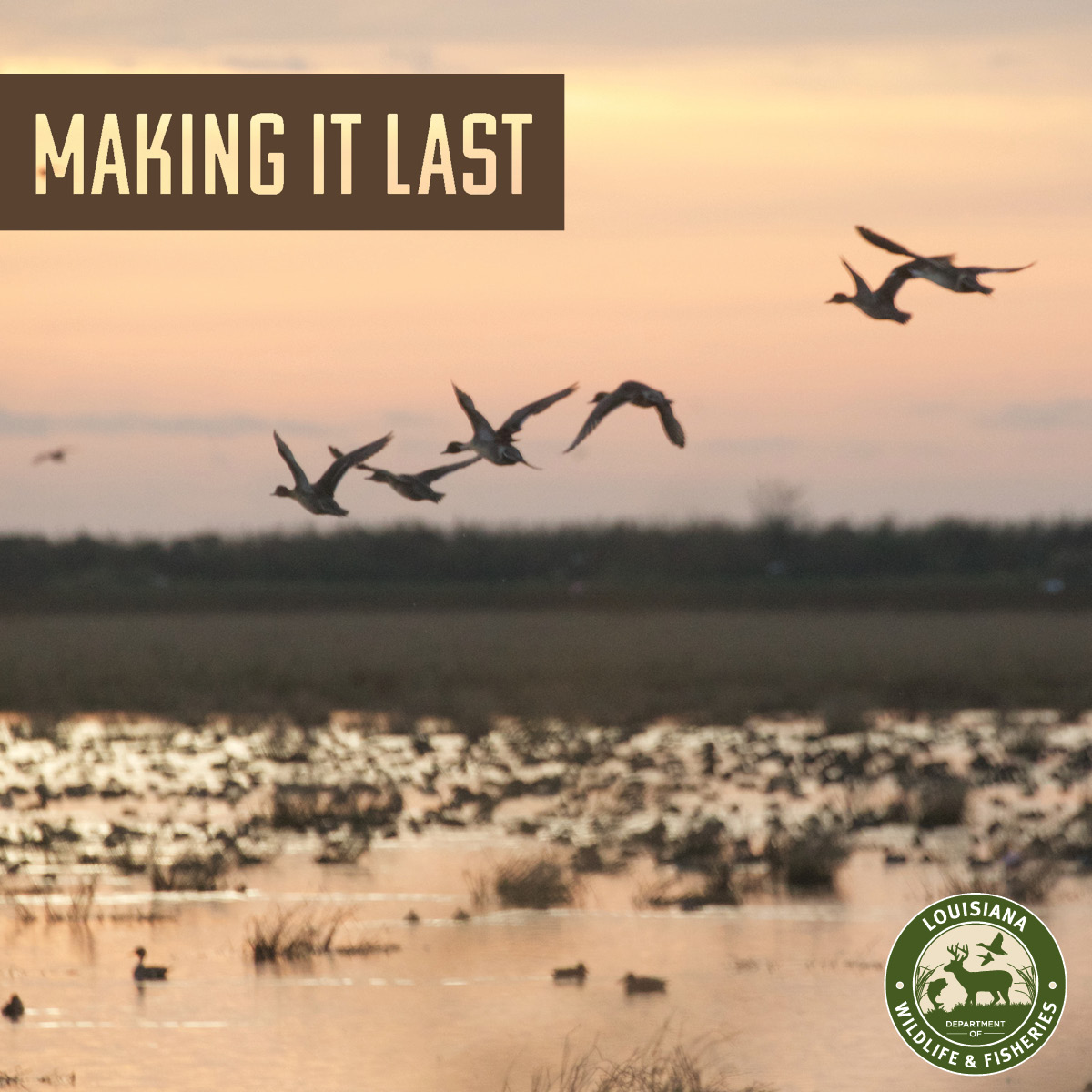
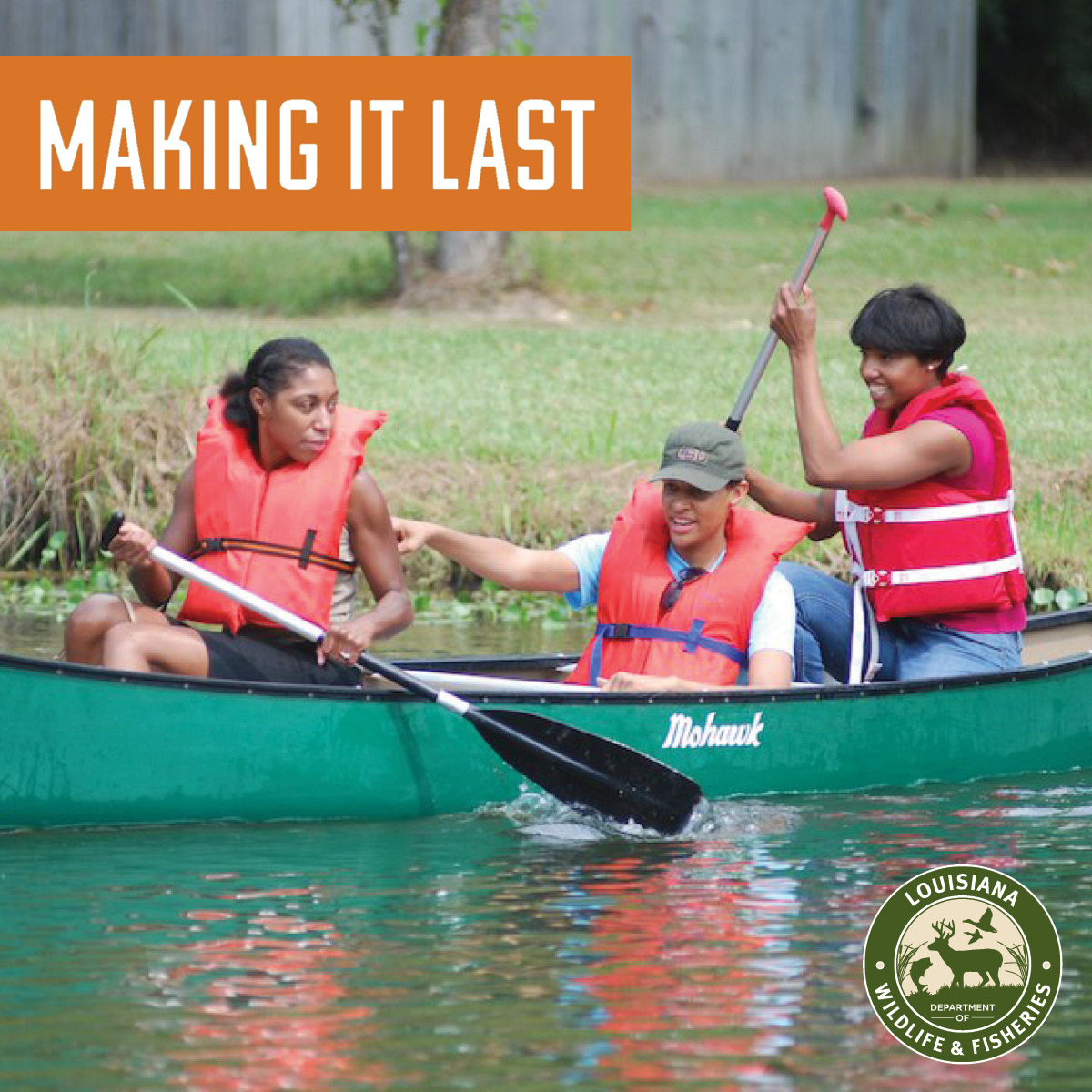
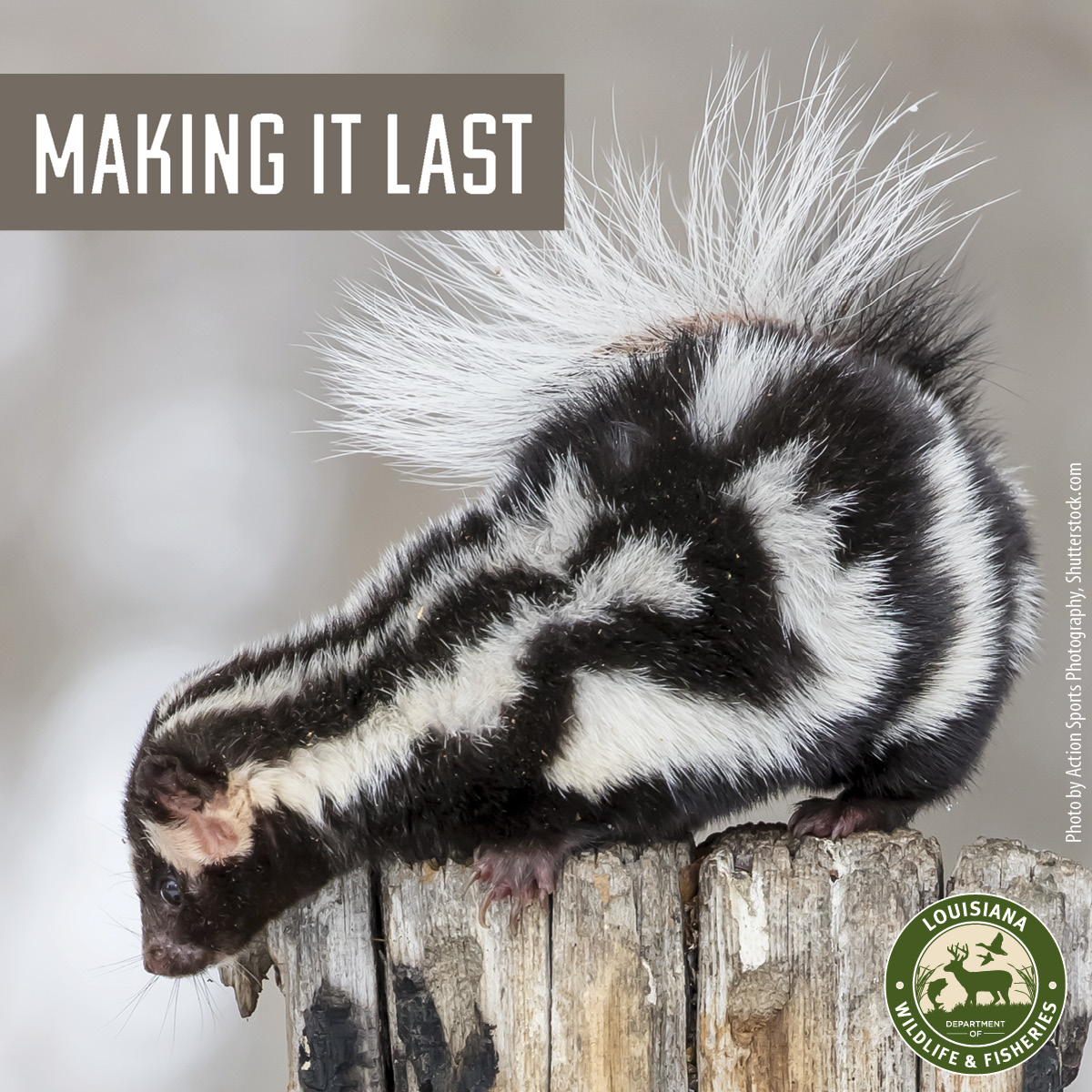
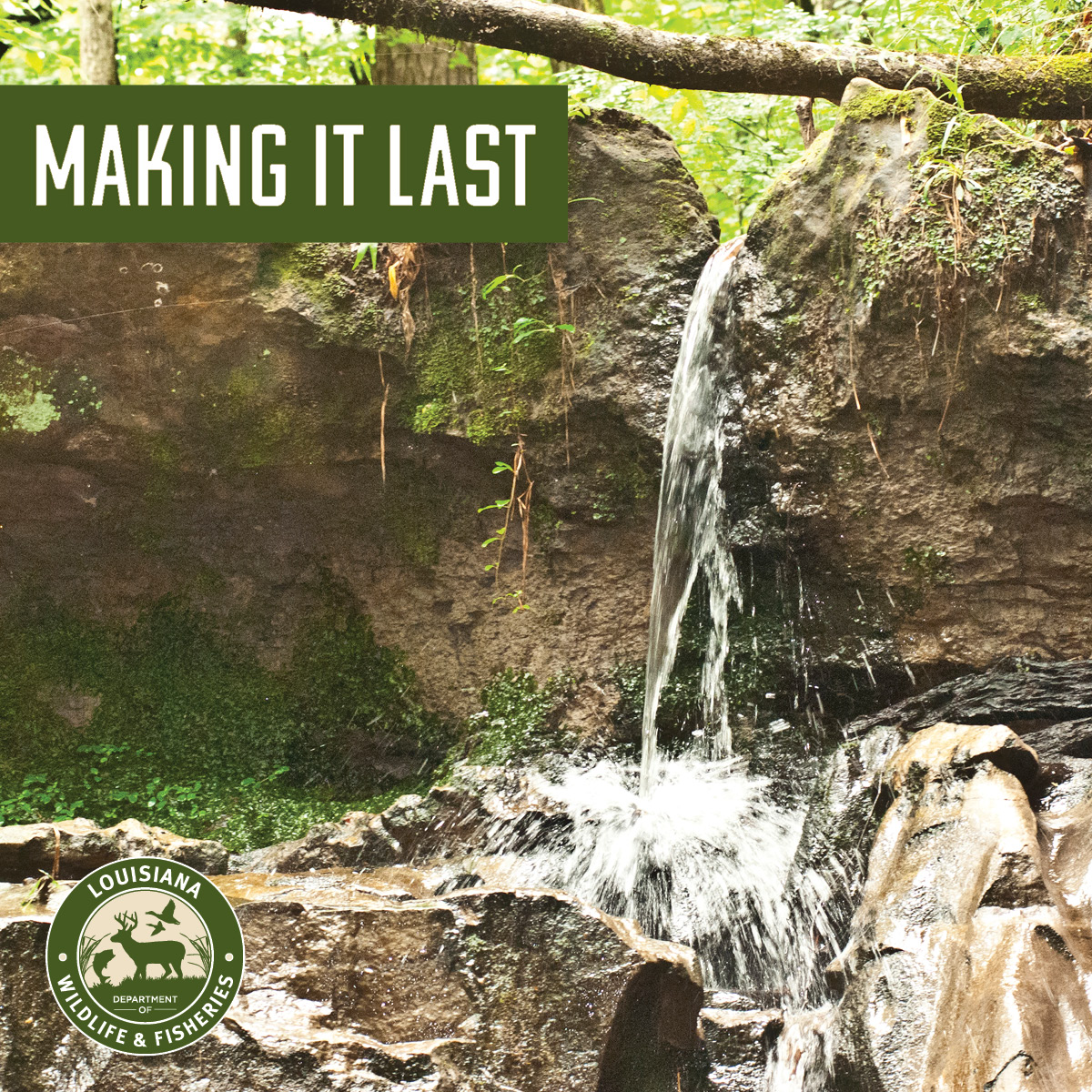
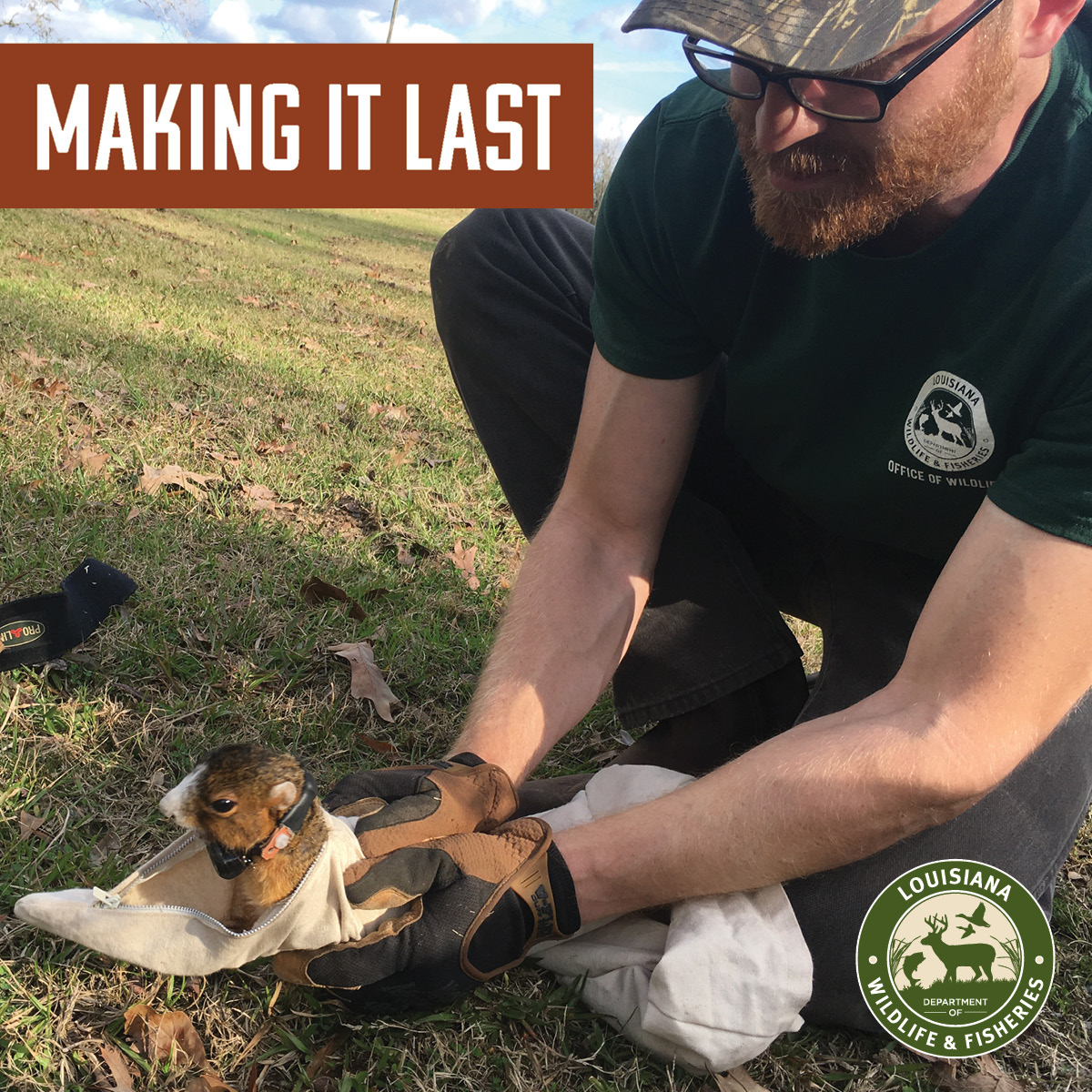
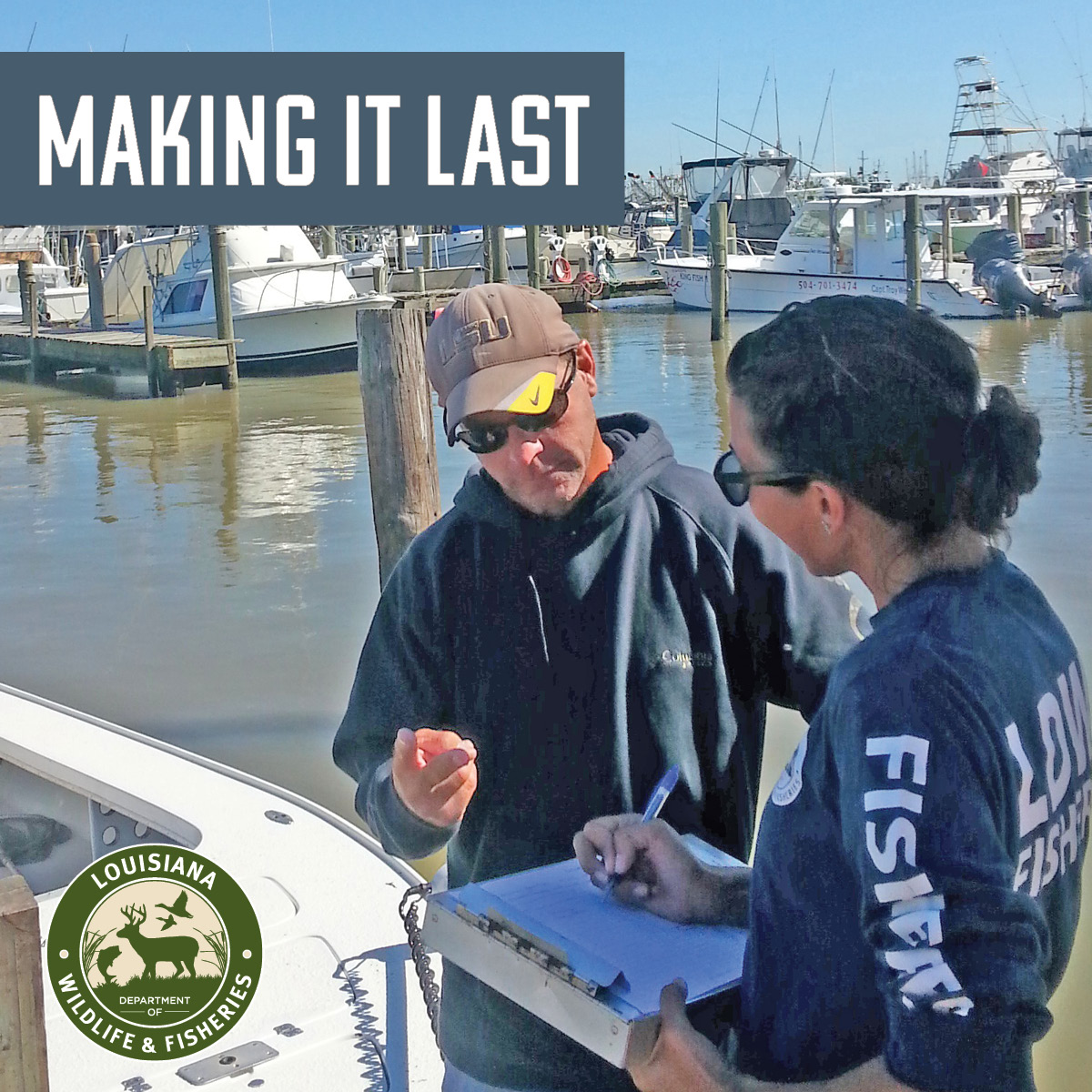
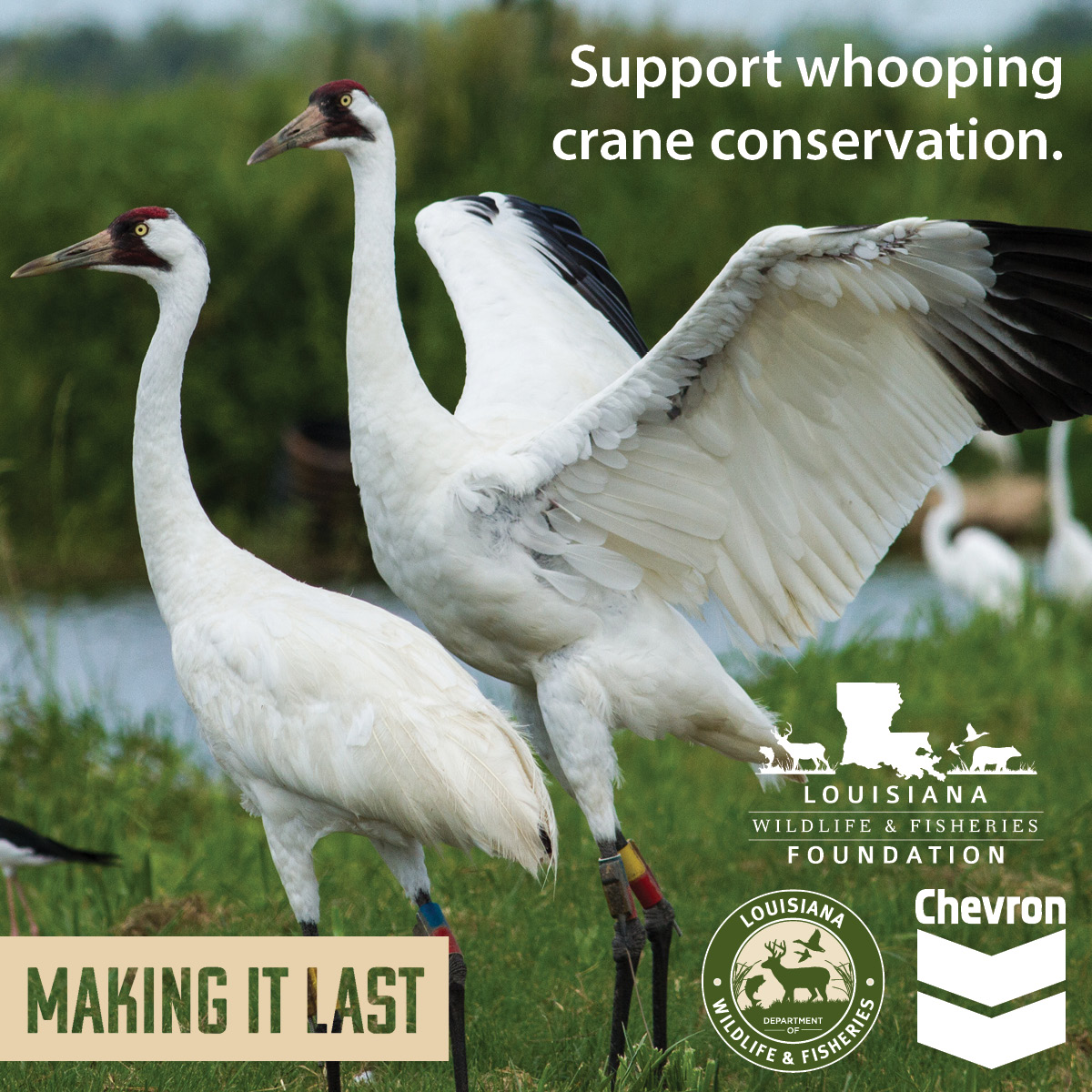
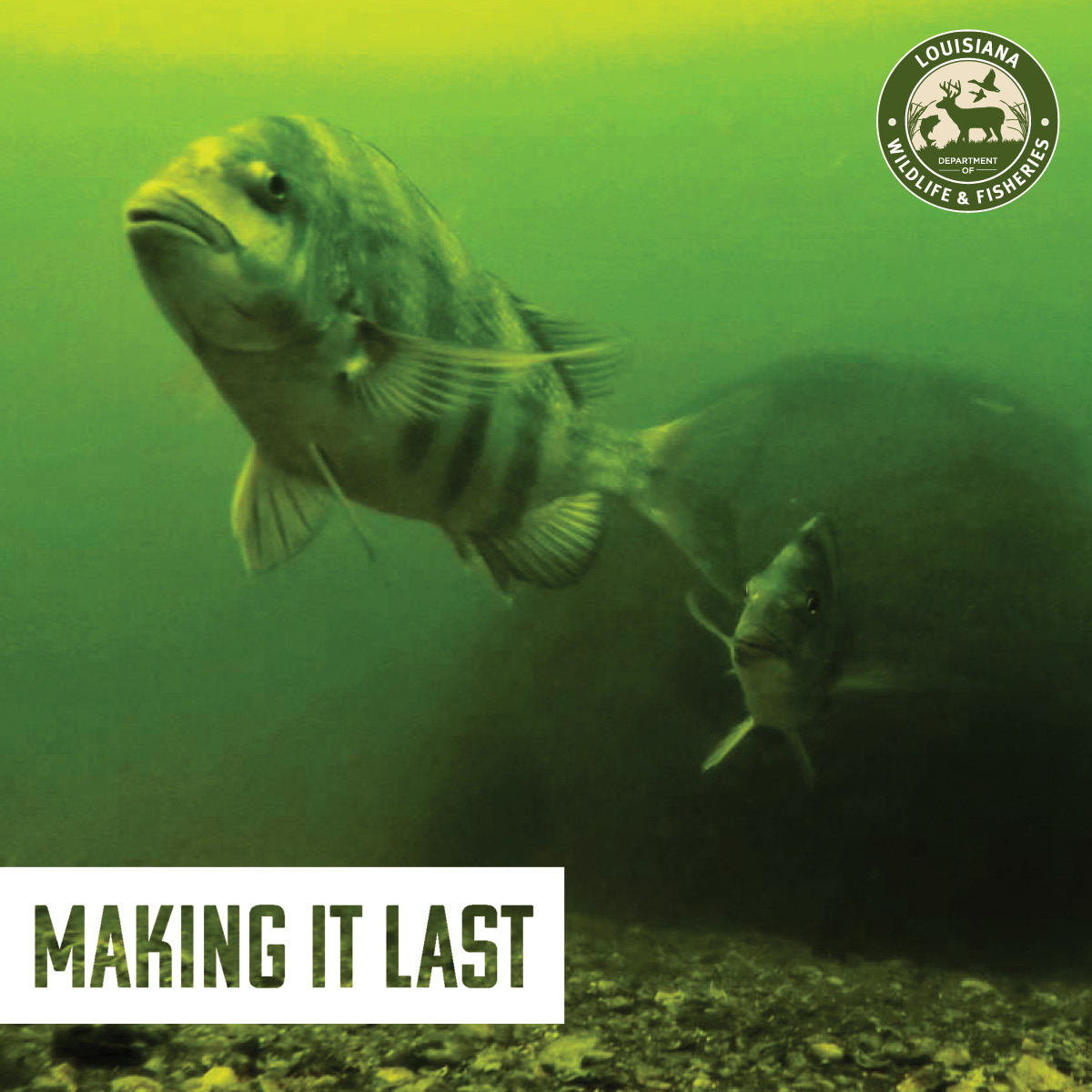
LDWF's Making It Last campaign is supported
by the Louisiana Wildlife and Fisheries Foundation
through a grant from the Association of Fish & Wildlife Agencies.

